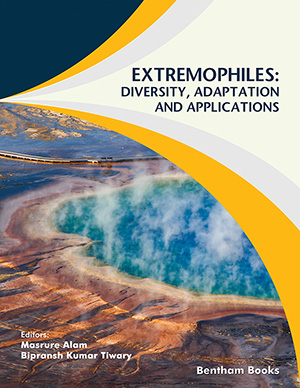Abstract
Heavy metals, a group of naturally occurring elements present throughout
the earth’s crust are known to have wide biological implications. Anthropogenic
activities cause constant augmentation of heavy metals having a tremendous negative
impact on life forms in the environment with levels beyond safety. Microorganisms
invariably are the first group of organisms that are directly impacted by the
accumulation of heavy metals in the environment. Heavy metal toxicity is pronounced
amongst microbes which impacts change in microbial community composition and
function in any ecosystem. The intrinsic and acquired resistance properties have led to
the development of resistant bacterial communities in contaminated areas. A large
number of heavy metal tolerant bacteria have been isolated from various polluted sites
like industrial effluents, aquaculture, agricultural soils, foods, river water and
sediments. The determinants of resistance are both plasmid and chromosomal encoded
in bacteria. Amongst the various strategies of survival mechanisms employed by
bacteria, efflux system and enzyme detoxification are two general mechanisms
supplemented occasionally by resistance mechanisms like sequestration or
bioaccumulation. These strategies of resistance in bacteria are generally exploited in
bioremediation strategies. Due to the persistent nature and non-degradability of heavy
metals, it becomes difficult to clean up the pollutant from the environment and
moreover, the conventional treatments for heavy metal pollution are complicated and
cost-intensive. Therefore, microbial-based technology furnishes effective, economic
and eco-friendly applications for the bioremediation of heavy metals from
contaminated environments.
Keywords: Bioremediation, Ecological applications, Heavy-metal resistant bacteria, Metallophiles, Metal contamination.






















